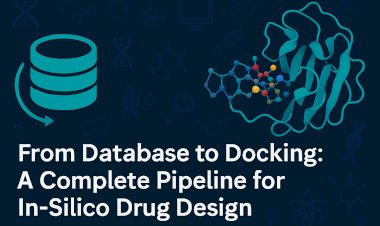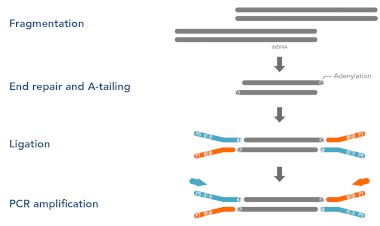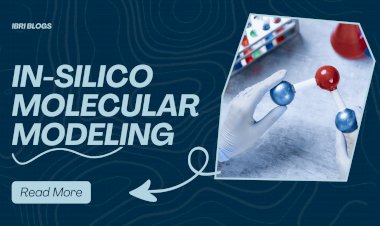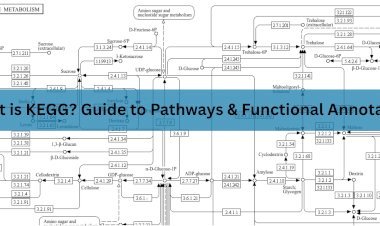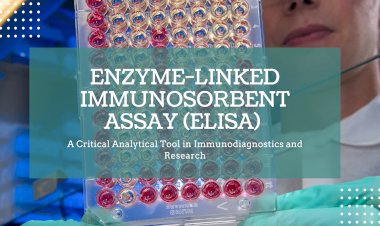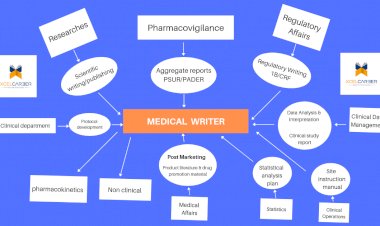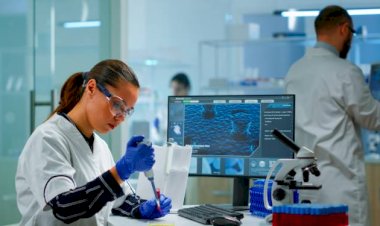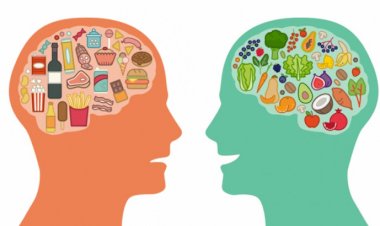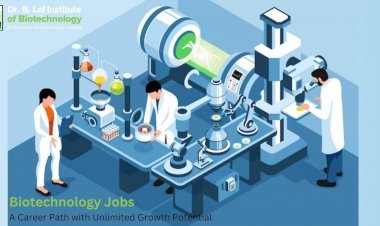Computer-Aided Drug Designing (CADD)
This blog explores how Computer-Aided Drug Designing (CADD) is revolutionizing the pharmaceutical industry by making drug discovery faster, cost-effective, and more precise. It covers key methodologies such as Structure-Based and Ligand-Based Drug Design, and highlights real-world applications, including COVID-19 drug development and oncology therapeutics. The blog also discusses the advantages of CADD, its integration with AI, and the challenges that remain in predictive accuracy. Additionally, it introduces hands-on training opportunities at IBRI Noida, equipping students and professionals with practical experience in industry-standard computational tools.
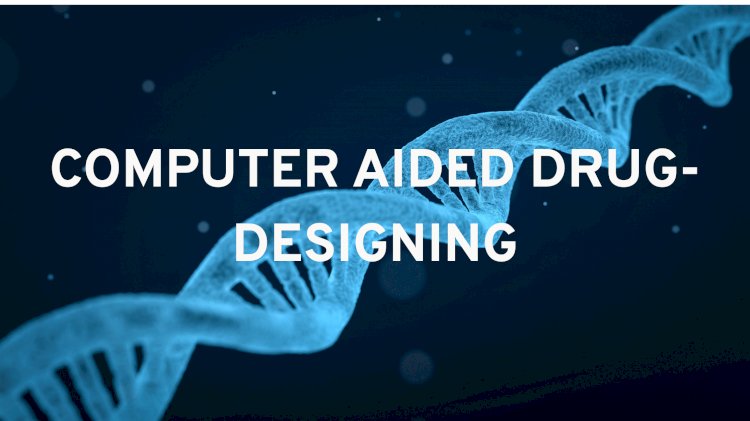
The journey from identifying a disease target to developing a market-ready drug is lengthy, expensive, and often riddled with trial-and-error. Traditional drug discovery methods rely heavily on experimental screening, which can be time-consuming and inefficient. However, Computer-Aided Drug Designing (CADD) has emerged as a powerful approach that integrates computational tools with biological and chemical sciences to streamline and accelerate drug discovery. By simulating molecular interactions and predicting biological activity, CADD significantly reduces the time and cost involved in bringing a drug to market while enhancing precision and efficacy.
What is Computer-Aided Drug Designing (CADD)?
Computer-Aided Drug Designing is the use of computational chemistry, molecular modeling, and bioinformatics to design and evaluate potential drug candidates. It allows researchers to understand and predict how a drug molecule will interact with a specific biological target—typically a protein or enzyme. CADD utilizes both known structural information of targets and previous data on active compounds to design new drugs with optimal properties. The approach is widely applied in both academia and the pharmaceutical industry for lead identification, optimization, and toxicity prediction. It encompasses a variety of in silico techniques that support rational drug design, reducing reliance on purely empirical methods.
Structure-Based Drug Design (SBDD)
Structure-Based Drug Design relies on the 3D structure of a target protein to guide the design of molecules that can bind with high affinity and specificity. The 3D structure of the target is usually determined through techniques such as X-ray crystallography, nuclear magnetic resonance (NMR), or cryo-electron microscopy. Once the structure is known, computational tools like molecular docking are used to predict how a small molecule (ligand) fits into the active site of the target. Other techniques such as molecular dynamics simulations help in understanding the stability and behavior of the drug-target complex over time. Structure-based virtual screening can also be employed to search large chemical libraries for molecules that best complement the binding site, enabling the rapid identification of lead candidates.
Ligand-Based Drug Design (LBDD)
In cases where the 3D structure of the target protein is not available, Ligand-Based Drug Design becomes invaluable. This method uses data from known ligands that interact with the target to infer the features required for biological activity. Techniques like Quantitative Structure-Activity Relationship (QSAR) modeling are used to correlate molecular descriptors (such as electronic, steric, or hydrophobic properties) with biological activity. Pharmacophore modeling identifies the spatial arrangement of features essential for activity and uses that model to search for or design new compounds. Ligand-Based Virtual Screening (LBVS) can then rank and filter thousands of molecules based on their predicted similarity to active compounds, making it an effective strategy for early-stage drug discovery when target structure data is limited.
Figure 1: Docking between a drug and a cavity of the protein
Applications of CADD in Drug Discovery
CADD is now a cornerstone of modern drug development, being used at almost every stage of the pipeline. In target identification and validation, computational tools help in analyzing genomic and proteomic data to predict potential druggable proteins. For hit identification, virtual screening of compound libraries against a target can identify initial "hits" with potential activity. During lead optimization, structure-activity relationships are analyzed to refine molecules for improved potency, selectivity, and pharmacokinetics. CADD is also crucial in ADMET prediction, where it helps in assessing the Absorption, Distribution, Metabolism, Excretion, and Toxicity properties of compounds before synthesis. Additionally, de novo drug design methods can create entirely new molecular scaffolds based on computational modeling, offering innovative solutions for previously undruggable targets.
Advantages of CADD
One of the biggest advantages of CADD is the speed at which it can generate and evaluate drug candidates. What used to take months in a wet lab can now be done in days using in silico methods. It is also cost-effective, as it reduces the need for large-scale chemical synthesis and biological assays in early-stage screening. Another significant benefit is the precision it offers; by simulating molecular interactions, CADD enables the design of drugs with enhanced specificity for their targets, minimizing side effects. Furthermore, predictive models in CADD allow researchers to anticipate pharmacokinetic and toxicological issues early, which can help avoid costly late-stage failures. Finally, CADD's ability to explore a vast chemical space and its adaptability across disease areas make it an indispensable tool in pharmaceutical research.
Recent Examples of CADD Success
CADD has played a pivotal role in addressing urgent healthcare needs. During the COVID-19 pandemic, for instance, CADD tools were used to rapidly screen existing drugs and identify candidates that could potentially inhibit SARS-CoV-2 proteins like the main protease (Mpro) and the spike protein. In oncology, structure-based approaches have led to the development of targeted therapies such as kinase inhibitors that show high specificity and fewer off-target effects. CADD has also contributed to the discovery of new antibiotics to combat antimicrobial resistance, by enabling the design of molecules that can target novel bacterial enzymes. These examples highlight the versatility and real-world impact of CADD in speeding up innovation in drug development.
Challenges and Future Directions
Despite its numerous benefits, CADD is not without limitations. The accuracy of predictions heavily depends on the quality of input data, such as protein structures and experimental bioactivity values. Inaccuracies in scoring functions and force fields can lead to false positives or missed opportunities. Moreover, experimental validation remains a necessity, as computational predictions are approximations and may not always translate into real-world results. However, the future of CADD is promising, especially with the integration of machine learning (ML) and artificial intelligence (AI). These technologies are enhancing pattern recognition, improving prediction models, and enabling the analysis of vast datasets with greater efficiency. As cloud computing and high-performance computing (HPC) resources become more accessible, CADD will continue to evolve into an even more powerful and essential part of drug discovery.
Hands-on Training at IBRI Noida
To bridge the gap between theoretical knowledge and industry requirements, IBRI Noida offers comprehensive hands-on training programs in Computer-Aided Drug Designing (CADD). These programs are designed for students, researchers, and professionals in the fields of life sciences, biotechnology, pharmacy, and computational biology. Participants gain practical experience in tools such as molecular docking, QSAR modeling, pharmacophore analysis, ADMET prediction, and molecular dynamics simulations. Under expert guidance, learners work on real-time datasets, enabling them to understand the drug discovery pipeline from target identification to lead optimization. The training also emphasizes the use of software like AutoDock, Schrodinger, MOE, and Discovery Studio, ensuring participants are industry-ready for roles in pharmaceutical R&D and bioinformatics-driven research.
Conclusion
Computer-Aided Drug Designing is transforming the way new drugs are discovered and developed. It offers a smarter, faster, and more cost-effective alternative to traditional methods while improving the chances of clinical success. By leveraging structural data, predictive modeling, and computational simulations, CADD empowers researchers to design better drugs with greater precision. As technologies like AI and big data continue to advance, the role of CADD will only become more central in addressing some of the most pressing healthcare challenges of our time.








